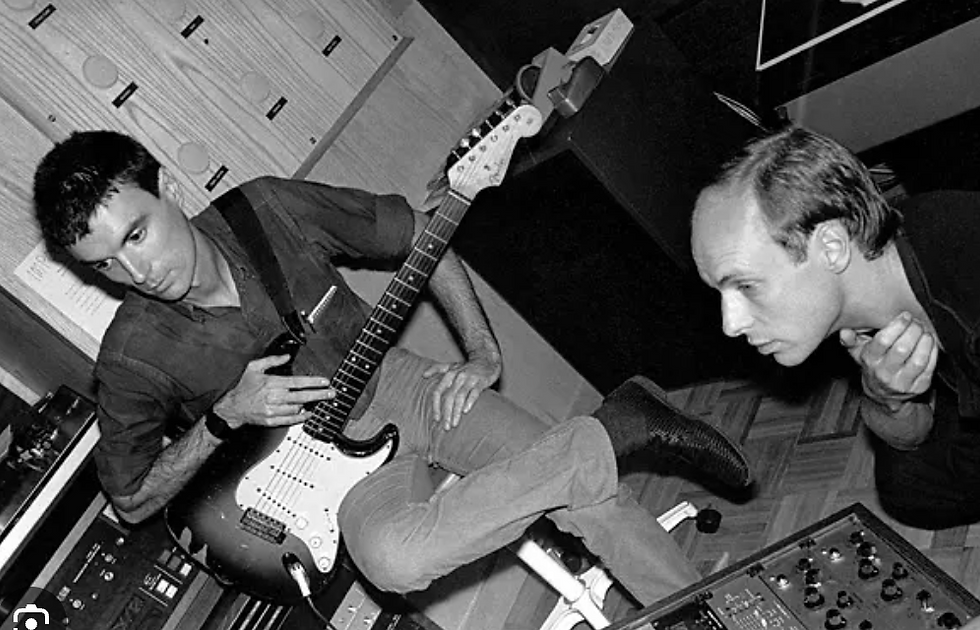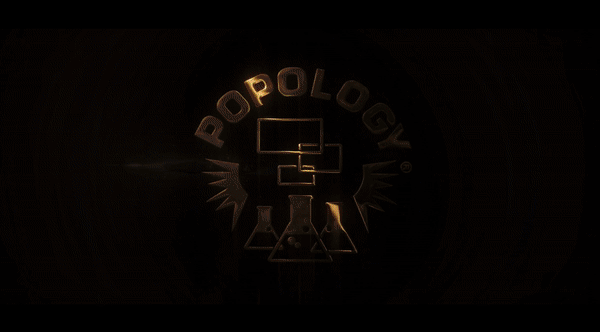Exploring the Impact of Pop Culture Today — and Why Your Meaning of “Popular” Is POPOLOGY®
In today’s hyperconnected digital age, the meaning of “popular” is no longer defined by mass media alone — it’s measured, mined, and made visible through POPOLOGY®, the science of popular.
POPOLOGY® goes beyond simply observing pop culture, it quantifies it. Using blockchain-backed Digital Rights Management (DRM) and Web3 technology, POPOLOGY® introduces a revolutionary way to understand how influence spreads, how media value is created, and how audiences can finally own their participation in the cultural ecosystem.
From music and fashion to film, gaming, and social media, the POPOLOGY® Network transforms passive consumption into active engagement, rewarding users for what they watch, share, and create.
How POPOLOGY® Redefines the Influence of Pop Culture
Traditional pop culture has always shaped society — influencing our language, fashion, and beliefs. But until now, its true measure has been hidden behind corporate algorithms and subjective popularity metrics.
POPOLOGY® changes that.

By creating a decentralized Public Trust Ledger, POPOLOGY® records audience engagement transparently, providing creators, fans, and brands with verified data on what’s truly popular. This innovation allows for a cultural consensus — a democratic, blockchain-secured measurement of media impact.
Imagine a world where you can see, in real time, what content resonates globally — not because an algorithm says so, but because audiences themselves have validated it through their participation. That is the core mission of POPOLOGY®: to reveal the science behind what’s popular.
Technology and Transparency: The POPOLOGY® Disruption
While platforms like TikTok or Instagram amplify trends, they also centralize control and data. POPOLOGY® breaks that cycle.
Through smart contracts and tokenized media rewards, the POPOLOGY® ecosystem ensures that both creators and audiences are compensated fairly for their contributions. Every “like,” view, and share becomes part of a transparent economy — measured on a blockchain, not hidden in a server farm.
POPOLOGY® introduces POPcasts® — decentralized broadcast channels where influencers, brands, and fans collaborate in a gamified environment. Each interaction generates POPtoken rewards, making engagement both meaningful and measurable.
This is the evolution of media — from video curation to POPcast®, from content consumption to content participation.

The Economic Engine of the “Popular”
Pop culture has always driven massive economic value — from billion-dollar film franchises to fashion trends that reshape industries overnight. POPOLOGY® refines this by creating an audience economy, where verified engagement translates into real-world value.
Brands can now access transparent data that measures not just reach, but authentic influence.Creators can prove their cultural impact with immutable records of engagement.And audiences — the lifeblood of every trend — can earn rewards for their attention, loyalty, and participation.
POPOLOGY® transforms the entertainment economy into a trust economy, powered by verifiable truth and shared prosperity.
Identity, Self-Expression, and the Power of the POPologist
At its heart, POPOLOGY® is a celebration of individuality. It empowers people to express who they are within the collective current of global culture.
A POPOLOGIST is someone who not only consumes culture but studies it, shapes it, and shares it consciously. They recognize that their voice matters — that their participation defines what’s popular.
Whether through fashion, fandom, or digital art, POPOLOGISTS are the new tastemakers — measuring influence with purpose, creativity, and transparency.

Navigating the Future with POPOLOGY®
As technologies like AI, blockchain, and augmented reality redefine our experience of media, POPOLOGY® stands at the intersection of innovation and integrity.
It ensures that as culture evolves, it does so with accountability, ownership, and authentic engagement — not manipulation.
it is essential to remain critical and mindful of the messages conveyed through pop culture. As you already know, Not all trends promote positive values, and some may reinforce stereotypes or harmful behaviors.
Staying informed and engaged can help individuals and communities benefit from pop culture while mitigating potential downsides.
The future of “popular” isn’t dictated by algorithms or corporations. It’s created, measured, and rewarded by people — together, through POPOLOGY®.
Join the movement redefining pop culture for the Web3 era.Discover more at Popologist.org.
By understanding the multifaceted impact of pop culture influence today, we can better appreciate its role in shaping our world. Whether through entertainment, technology, economics, or personal identity, pop culture remains a powerful force that connects and inspires us all.





































































































%20NEW-03.png)







